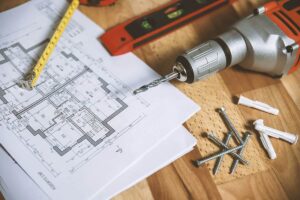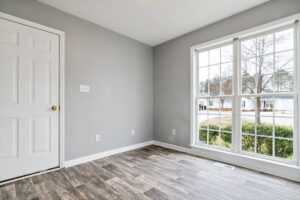Bathroom remodeling is a great way to improve the look of your home and increase its value. However, if you’re undertaking such a project, the first question that comes to mind is how much it will cost.
How Much Does It Cost To Remodel A Bathroom?
Do you want to upgrade your bathroom with modern fixtures and design elements? Are you curious about the cost of remodeling your bathroom? If so, you’re in the right place. In this article, we’ll provide an overview of the costs associated with bathroom remodels.
What Affects the Cost of Remodeling a Bathroom?
The total cost of remodeling your bathroom will depend on several factors, including the size of your bathroom, how old it is, what type of materials you want to use, and who will do the work. The first step is to determine your budget by deciding what you can afford to spend and what kind of finishings you are looking for. Here are some other factors that may affect the cost:
Size of Your Bathroom: The square footage of your bathroom will impact both labor and material costs. Bigger bathrooms require more time and materials to complete; smaller bathrooms require less.
Age of Your Home: According to experts at HomeAdvisor, homeowners should budget 1% to 3% of their home’s value annually for maintenance and repairs. So if you have an older home that needs extensive updates or replacement plumbing fixtures installed in outdated systems, then expect to pay more for those services.
Types & Quality of Materials Used: High-end materials like marble tile or stone countertops may add more expense than lower-grade options like laminate or vinyl flooring. Additionally, exotic woods such as teak or mahogany may be more costly than standard woods like pine or oak.
Labor Costs: Whether you hire a contractor or attempt a DIY project will also affect the overall cost. Professional installation typically costs more than self-installation but offers peace of mind that the job will be done properly. A professional also has access to superior materials for better results in much less time than a DIYer would need alone.
Tips for Stretching Your Budget When Remodeling a Bathroom
If you’re looking to stay within your allocated budget while still achieving high-end results, there are several ways to do so without compromising quality and design elements:
Consider Refinishing Instead Of Replacing Fixtures:
If replacing all fixtures is too costly, consider refinishing them instead – tubs & showers can be reworked with new caulking & epoxy coatings for around $400-$500 each (compared with $2k+ for new).
Use Stock Products:
Stick with stock products such as vanity cabinets & medicine chests instead of custom-made ones – they may not offer as much flexibility but they are most likely cheaper & still high-quality items.
Self Install Materials:
If possible purchase required items yourself & opt for self-installation in order to reduce labor costs associated with hiring a professional contractor – just make sure that if any permits are required that is taken care of before starting work!
Consider Smaller Updates:
If doing a full remodel isn’t feasible due to financial constraints try adding smaller updates like replacing hardware (toilet handles/taps/faucets) or changing out light fixtures which can still give the same effect without having a break bank balance!
Shop Around For Deals:
Lastly don’t forget to shop around online for discounted prices on materials as well as local sales events at big box stores which often offer great deals during holiday seasons etc…
Size of the Space:
The size of the bathroom will affect both labor and material costs. Larger bathrooms require more time and materials to complete, while smaller bathrooms require less.
Age of Home:
If you have an older home that needs extensive updates or replacement plumbing fixtures installed in outdated systems, then you can expect to pay more for those services.
Types & Quality of Materials:
The type and quality of materials used in a bathroom remodel will also influence the overall cost. High-end materials such as marble tile or stone countertops can add significant expense compared to lower-grade options like laminate or vinyl flooring. If using exotic woods such as teak or mahogany, the cost could be even higher than standard woods like pine or oak.
Labor Costs:
Depending on whether you hire a contractor or attempt a DIY project, labor costs may vary significantly. Professional installation typically costs more than self-installation but offers peace of mind that the job will be done properly.
Permit Fees:
Depending on your municipality, you may need to pay permit fees for a bathroom remodel. Make sure to check with your local building codes to determine if permits are required and factor this into your budget.
Miscellaneous Costs:
There are also miscellaneous costs associated with a bathroom remodel such as disposal fees for old materials, rent or purchase of tools, and other incidental expenses. Make sure you have these costs accounted for in your budget.
Remodeling a bathroom can be expensive but making smart choices from the start can help reduce costs without sacrificing quality or style. Doing research before starting any project is always key – this ensures the best results possible within set budget constraints! For more tips read this article.
Setting a Budget for Your Bathroom Remodel
The first step in planning a bathroom remodel is setting a budget. Start by assessing your needs: decide which items you want replaced or upgraded and research their prices accordingly. You should also factor in any potential problems with existing plumbing or wiring that could arise during the renovation process. Once you have an idea of what needs to be done and how much each item will cost, add 10% for unexpected expenses and set your total budget accordingly.
Average Costs of Common Bathroom Remodels
According to HomeAdvisor’s True Cost Guide 2020 report, here are some average costs associated with common bathroom renovations:
– Basic: $3 – $10K
– Mid-Range: $10 – $25K
– Upscale: $25 – $75K
Of course, these figures are just averages — actual costs may be higher or lower depending on the size of your project and how detailed you want it to be. Consult with a professional contractor who can assess the specifics of your project and provide an accurate estimate based on local labor costs and materials available in your area.
Ways To Save Money When Remodeling A Bathroom
If you’re looking for ways to save money when remodeling a bathroom without compromising quality or design elements then consider these tips:
– Choose inexpensive materials like laminate flooring instead of natural stone tile
– Recycle components from old fixtures instead of buying new ones
– Consider DIY projects like painting walls or tiling floors
Ultimately, there’s no one-size fits all answer when it comes to bathroom remodels — every home is different and requires its own unique approach. With careful planning and research though, you’ll be able to find an affordable solution that meets all of your needs!
FAQ
Q: How much does it cost to remodel a bathroom?
A: The cost of remodeling a bathroom can vary significantly depending on the size of the space, the materials used, and the scope of the project. Generally, larger bathrooms require more work than smaller spaces and therefore cost more to renovate. According to HomeAdvisor’s True Cost Guide 2020 report, here are some average costs associated with common bathroom renovations: Basic: $3 – $10K; Mid-Range: $10 – $25K; Upscale: $25 – $75K. Of course, these figures are just averages — actual costs may be higher or lower depending on the size of your project and how detailed you want it to be.
Q: What factors influence bathroom remodeling costs?
A: When it comes to remodeling a bathroom, there are several factors that will determine how costly it is. Generally, larger bathrooms require more work than smaller spaces and therefore cost more to renovate. Materials like tile, fixtures, cabinetry, countertops, and lighting can also vary in price; for instance, natural stone or ceramic tile will be more expensive than laminate flooring. Additionally, any custom features such as built-in storage or special lighting can drive up costs. Lastly, labor costs can also add up depending on the complexity of the job.
Q: Are there ways to save money when remodeling a bathroom?
A: If you’re looking for ways to save money when remodeling a bathroom without compromising quality or design elements then consider these tips: Choose inexpensive materials like laminate flooring instead of natural stone tile, recycle components from old fixtures instead of buying new ones, and consider DIY projects like painting walls or tiling floors. Ultimately, there’s no one-size fits all answer when it comes to bathroom remodels — every home is different and requires its own unique approach. With careful planning and research though, you’ll be able to find an affordable solution that meets all of your needs!
Conclusion
Remodeling a bathroom can be a rewarding experience, but it’s important to understand the costs. Doing your research and setting a realistic budget will help ensure the project stays within your means. Additionally, there are ways to save money on remodeling such as using inexpensive materials. With careful planning and research, you’ll be able to give your bathroom an upgrade without breaking the bank!
If you are willing to hire someone and must try our work to hire us visit our contact us page.
Overall, proper financial planning and research before starting any project are always key.








